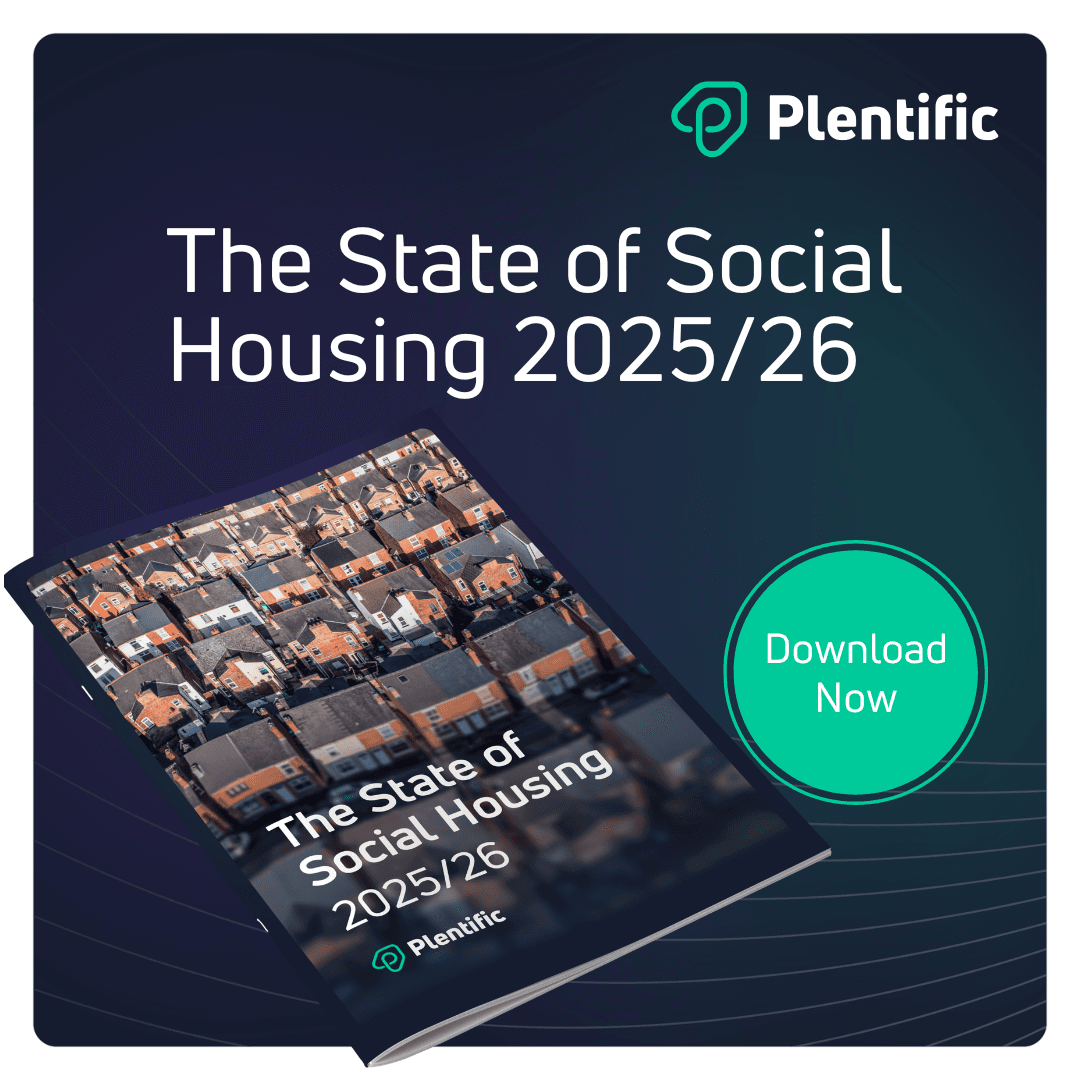The social housing sector is entering a period of significant opportunity. Government commitments - a £39 billion Social and Affordable Homes Programme (SAHP), a 10-year rent settlement, and a new £16 billion National Housing Bank - represent the largest injection of capital in decades. This funding has the potential to drastically change the outlook of the industry across the board – from the delivery of a significant volume of new homes, to the much needed and comprehensive improvement of existing stock.
However, funding alone will not guarantee impact. To convert investment into measurable outcomes, housing providers must be able to plan and prioritise their next move in absolute detail to ensure that the right things are done at the right time. In an environment with so many moving parts, this is a near impossible undertaking without the right systems in place that are providing access to reliable, real-time data and analytics. Without it, decisions around costs and investment will almost certainly be compromised by the inevitable blind spots that exist in the absence of reliable data.
Building the Business Case for Investment
Securing loans and planning long-term capital investments requires a strong business case, which is near impossible to build without reliable data. As the Regulator of Social Housing (RSH) has found, the strongest organisations are those that use up-to-date stock condition data to build a strategic approach to investment. This allows them to move from expensive reactive fixes to proactive, planned major repairs that deliver better value for money.
In contrast, poor data quality can contribute directly to governance downgrades. The RSH has repeatedly cited missing stock condition information as a reason they could not verify that tenants were living in safe homes. A downgrade not only brings regulatory scrutiny but also undermines investor confidence, potentially restricting access to future funding. For example, a recent case on the Essex coast saw a council issued with a non-compliant consumer rating after the regulator uncovered serious failings, including properties that had not been surveyed in more than ten years.
Addressing Financial Pressures
While new funding is welcome, persistent financial headwinds remain strong. Rising building costs, projected to increase by 14% over the next five years, along with labour shortages and inflation, continue to exert pressure on operating margins. This is where technology becomes a critical mitigator. For example, AI-powered predictive maintenance can analyse data from sensors and maintenance logs to forecast asset failures before they happen, reducing the frequency of costly emergency callouts and extending asset life.
In addition, an end-to-end property operations platform can optimally connect all parts of a provider’s operations including the management and coordination of in-house teams and external contractors, thus creating notable cost efficiencies. When every part of the business is optimised by the right system, directing limited resources towards the most impactful work becomes the predictable norm. All of which provides critical evidence of financial stewardship which in turn makes it significantly easier for providers to tap into available investment opportunities.
Demonstrating Return on Investment
Funders and partners, from Homes England to the new National Housing Bank, require clear evidence of effective delivery. In an era of heightened accountability, demonstrating value for money is non-negotiable. Modern systems provide the crucial audit trails and real-time performance data needed to prove return on investment and build a track record of success.
As Nick Atkin, CEO of Yorkshire Housing, states, "Reliable, real-time data is the core ingredient of a great service...By using real time deep data insights, predictive analytics and sensors we can target resources where they deliver the most customer impact and consistently high standards.". This data-driven approach not only satisfies current funders but also builds a compelling case for future investment, creating a virtuous cycle of delivery and growth.
Treating Data as Infrastructure
In summary, while capital investment provides the resource, it is systems and data that generate the evidence needed to build lender and investor confidence that opens up access to funding – while also ensuring that, once allocated, those resources are deployed effectively. In this new phase, housing providers must treat data and systems as strategic assets, on par with physical infrastructure. Doing so will determine whether this unprecedented wave of funding achieves the lasting impact for residents and communities that both government and the sector are working towards.
The State of Social Housing Report 2025/26
Our comprehensive report, "The State of Social Housing 2025/26," provides detailed analysis of each force, practical insights from regulatory updates, and actionable strategies for building resilience in this rapidly evolving landscape.
Download the full report to discover how the most successful providers are preparing for the next 12 months and beyond.


